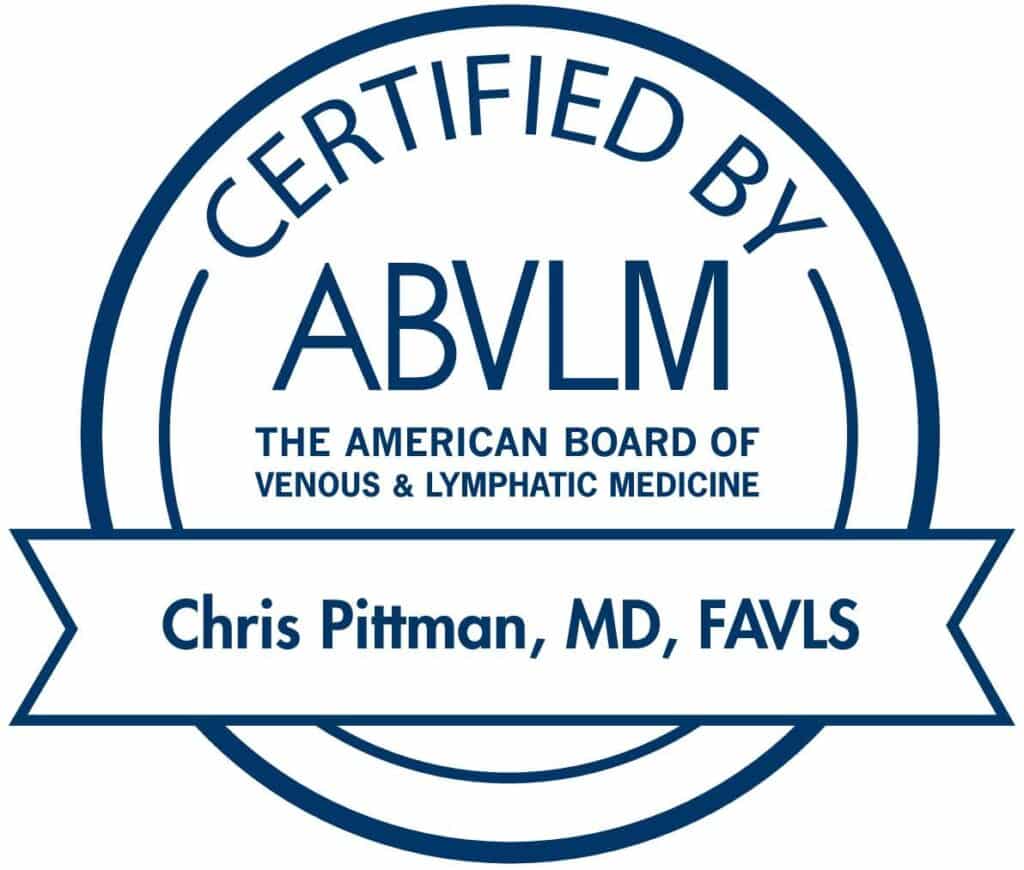Leg ulcers are long-lasting, chronic sores that can develop on the lower legs. Also known as venous ulcers or stasis ulcers, these sores can take more than four to six weeks to heal. With appropriate treatment, though, leg ulcers should heal within three to four months.
If you have leg ulcers, you are not alone. About 1 percent of people in the United States experience leg ulcers, according to American Academy of Family Physicians.
About Leg Ulcers and Causes of Leg Ulcers
Leg ulcers often develop as the result of blood pooling in veins in the lower legs. Arteries carry oxygen-rich blood from your heart to the rest of your body. Your cells take the oxygen from the blood and use it to function. Your cells create waste; your veins carry this waste away.
Veins must fight gravity to carry blood up from your feet towards your heart. Tiny valves trap blood in small segments of your veins in between heartbeats to prevent the blood from flowing back downwards towards your feet.
Valves tend to weaken with age and some fail altogether. Failure of the valves in your legs can allow blood to flow backward, or reflux, back into your feet. Doctors refer to this as chronic venous insufficiency (CVI). The accumulation of blood prevents your skin cells from getting oxygen and getting rid of waste. This leads to leg ulcers.
CVI can increase the risk of leg ulcers in patients with diabetes. Chronic venous insufficiency can also lead to other medical conditions, such as infections or lymphedema, which slow the healing process. Lymphedema causes include surgery, infection, cancer, and surgery for cancer.
Fortunately, proper treatment can help speed healing of stasis ulcers and improve outcomes.
How to Treat Leg Ulcers
1. Consult with a doctor
Only a practitioner can accurately diagnose leg ulcers. Your clinician will also recommend a course of treatment to speed healing.
2. Elevate the affected leg
Keeping your lower leg elevated helps blood and fluid move up from your feet towards your heart. For best results, elevate your leg enough so that your foot is above your heart. This allows gravity to help your vein move blood, rather than making it harder for your veins to work.
3. Wear compression stockings
Compression hosiery is very tight, so it squeezes blood up and out of the veins in your lower legs. You can purchase knee-high compression stockings or thigh-high compression hose, depending on your needs.
4. Practice good wound care
Keep the leg ulcer clean. Moisten gauze pads with sterile water, gel or antimicrobials and apply to the wound.
5. Engage in aerobic exercise
Engaging in aerobic activity for 20 to 30 minutes on five days each week can improve your cardiovascular health. Exercise also gets your blood moving, which helps push the blood up out of the veins in your lower legs.
6. Speak with a doctor about surgical treatment for your leg ulcer
Surgery is usually necessary only in severe leg ulcers. Surgical treatment usually involves the removal of dead, damaged or infected tissue.
Leg ulcers can heal with proper treatment and care. Consult with a vein surgeon at Vein911® Vein Treatment Centers if your leg ulcers do not heal.











